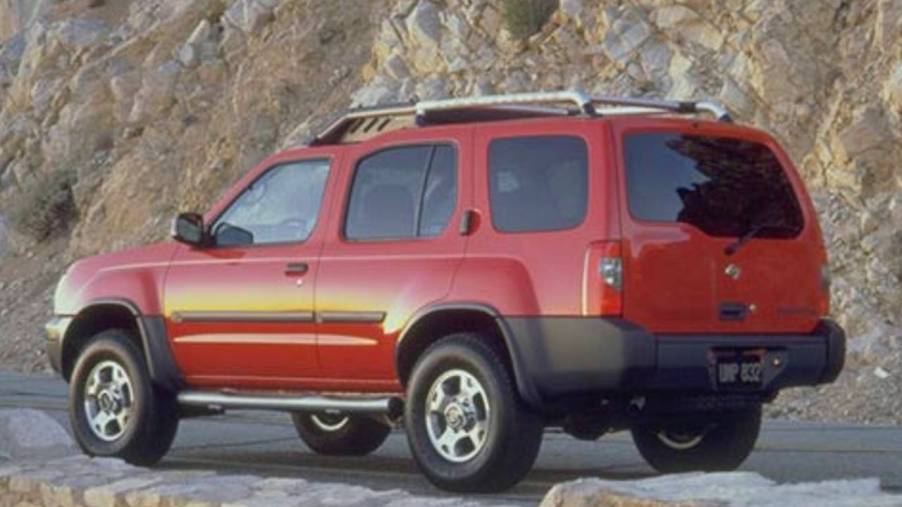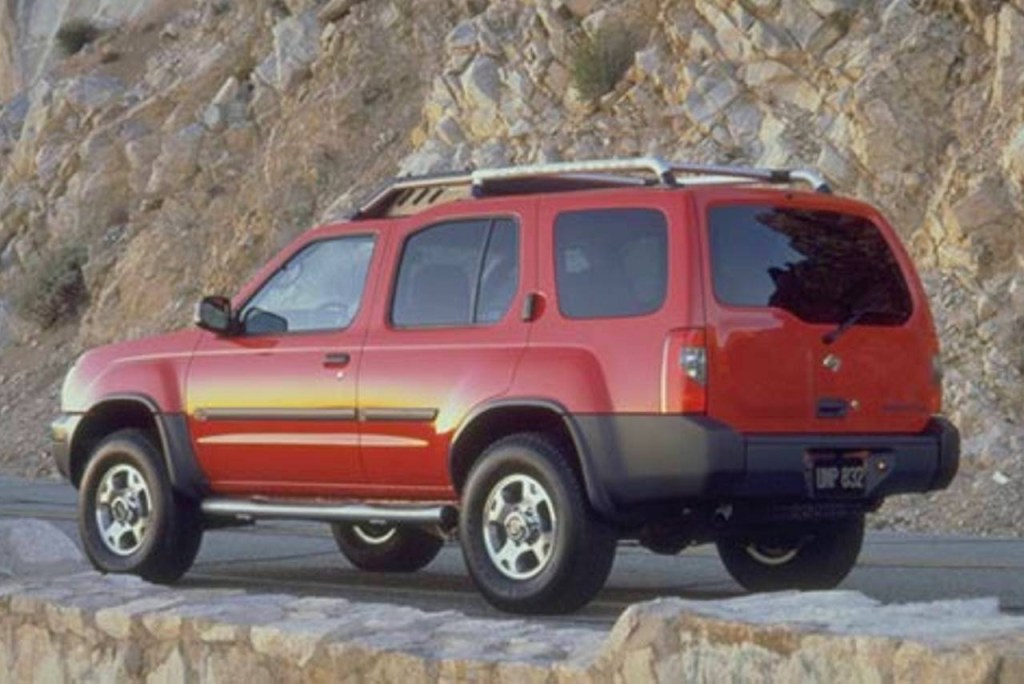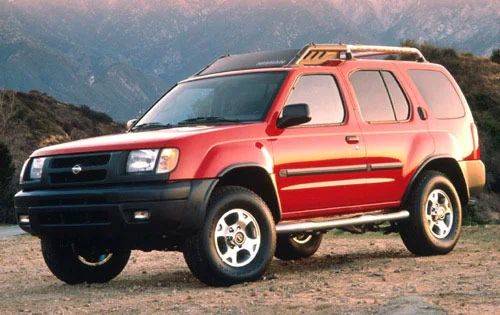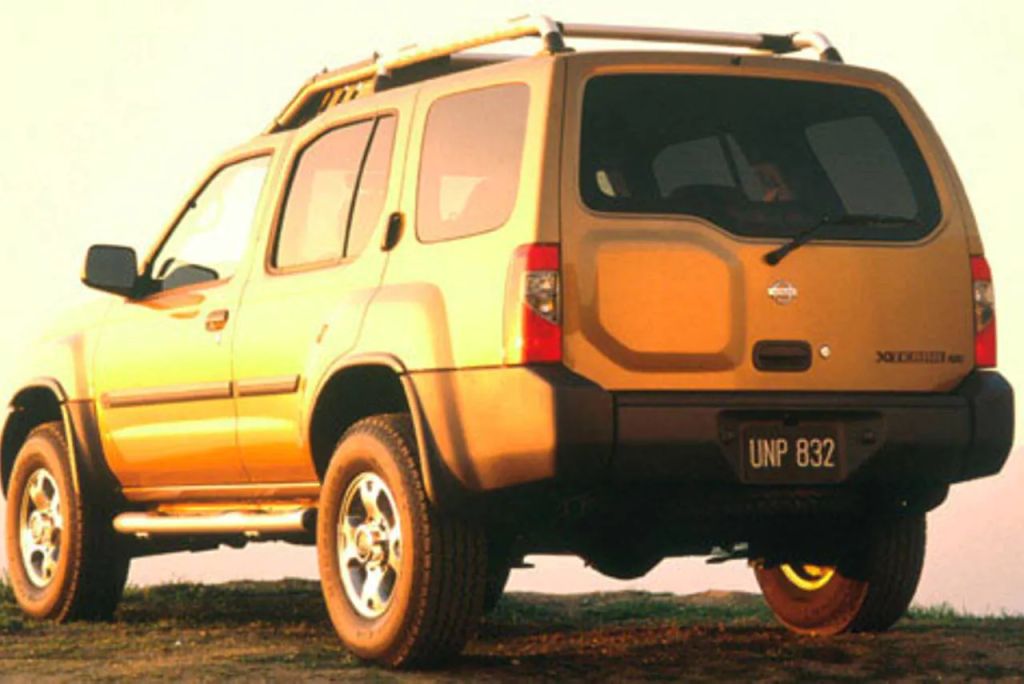
Nissan Must Pay $36 Million Award After Xterra Crash
A terrible accident that left the 2000 Nissan Xterra driver a quadriplegic, has resulted in a court order for Nissan to pay damages of $36 million. The crash happened 10 years ago. When Nissan appealed the lower court decision, it took until now for the appeal to be denied by a California appeals court.
How did this Nissan Xterra crash happen?

The owner of the Xterra was doing his daily jaunt to work. Pulling into the company parking lot, the Xterra allegedly sped up. It hit a loading ramp which launched the Nissan into the air. It then crash-landed into a trailer. His injuries have left him a quadriplegic.
In a lawsuit against Nissan, it alleges that the crash was the result of there not being enough clearance with a parking brake bracket and the adjacent accelerator pedal. Because of this design, the lawsuit alleges that the accelerator pedal can become stuck on top of the bracket. It says this is what caused the unintended acceleration the plaintiff experienced.
The lower court judge agreed and awarded the $36 million for the product liability and negligence claimed in the lawsuit. Its finding was based on “the edge of the arm supporting the accelerator pedal became trapped on the edge of the parking brake bracket located immediately to the right, which resulted in the sudden acceleration of the vehicle.”
Did the appeals court accept the Nissan Xterra lawsuit review?

When Nissan appealed the decision, the appeals court said it had to follow the “substantial evidence standard.” That says “a reasonable inference can be drawn from the evidence presented that the defective and negligent design of the parking brake assembly was a substantial factor in the harm to the plaintiff.”
Nissan then argued that the trial judge should not have applied 100 percent fault to Nissan. It said that the plaintiff most likely dozed off with his foot on the accelerator pedal. Nissan suggested the plaintiff was overly tired from working two jobs.
It went on to argue that once the Xterra started speeding up, the plaintiff said he applied the brake pedal. But the plaintiff’s own expert witness said that applying the brakes would have stopped the vehicle. So Nissan argued he couldn’t have used the brakes because he was asleep at the wheel.
What happens now?

The appeals court said that the burden of the plaintiff’s credibility rested with the trial court judge. “Moreover, under the imminent peril doctrine, when his vehicle suddenly accelerated, Aguirre was not required to act with the same level of care as in an ordinary situation. It was for the trial court to determine that Aguirre acted reasonably under the circumstances.”
Expert testimony suggesting “micro-sleeping” was experienced by the plaintiff according to an expert witness for Nissan. But the court judge threw that testimony out because it was too speculative. The appeals court concurred.
Nissan can now let the decision stand, and pay up, or it can file a petition to the California State Supreme Court for a review. But Supreme Court reviews in California are extremely rare. Less than five percent of review requests are granted according to courts.ca.gov. It can choose whether there is enough merit for the review to proceed or not. Just because a case comes before it does not mean it must hear it.



